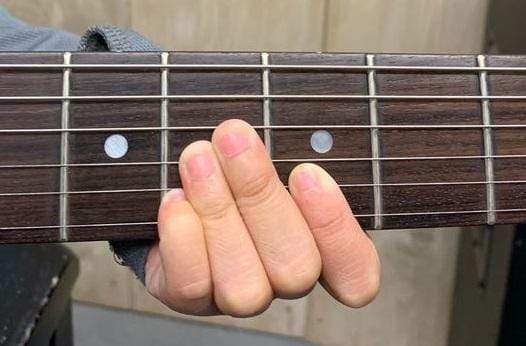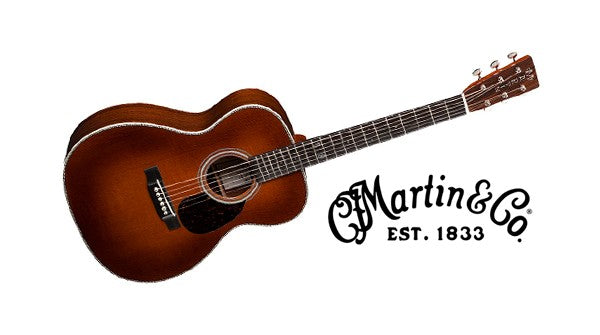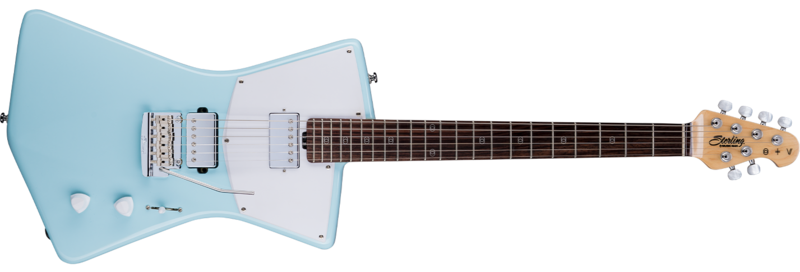Your Cart is Empty
What Guitar Specs to Look for When You Have Small Hands

It happens a lot more than you might think. Someone comes into a guitar shop likeAdirondack Guitar and has a hard time finding a guitar that suits their hand size. This is especially daunting for people with small hands. Kids, teens and some adults struggle to find a guitar that will feel good in their hand and be comfortable and easy to play.
When you visit guitar websites, you are probably familiar with the long lists of technical specifications that you find in the descriptions of guitars they are selling. However, you may have always thought that those lists were for techy-type people who like to know everything about guitars. The fact is that you can use that technical information to find the guitar that will be perfect for your hand size. This can be especially helpful for people who are having trouble finding a guitar that is suited to their anatomy.
Body Size
Playing the wrong size guitar is like wearing the wrong size shoes. Sure, if the shoes are too large you can get your feet in them, and you may even be able to walk around, but soon you’ll have blisters and all kinds of other problems. Playing a guitar that is too large for your hand size can be just as daunting.
The body size of a guitar can make or break your guitar playing experience. When the body of a guitar is too large, it forces you to reach around awkwardly to pick or strum the strings, putting your fret hand in an even more awkward position. The remedy for this is to find a guitar that is sized appropriately for your body type and hand size.
In terms of acoustic guitars, Grand Auditorium and Dreadnoughts are the large sizes that may be challenging for someone with small hands to play. These guitars are designed to project very loudly, loudly enough for the concert stage. Those who have small hands will be best suited to play a parlor or concert size acoustics, perhaps with a cutaway to make the body even lighter.
A perfect example is thisRainsong Parlor acoustic.

Rainsong acoustics are made from a carbon fiber material that makes them super lightweight, and this parlor acoustic has a thin, short scale neck, making it a real joy to play. Also, because of its carbon fiber construction, you can be sure that you will enjoy incredibly low action and impeccable intonation with no fret buzz for the life of the guitar.
Body Wood and Styling
In electric guitars with solid bodies, the size or thickness may not be as problematic as the weight. Some tonewoods can be notoriously heavy, weighing down on your shoulder or knee while you play them, making them uncomfortable or even painful. People with small hands usually have small bodies in proportion to their hands and a heavier guitar may tax them more than they tax larger people who can bear the weight of the guitar more easily. This is one of the reasons why body woods are mentioned in the spec lists of all electric guitars.
Heavier body woods include Korina, Mahogany and Maple, while lighter woods include Basswood, Swamp Ash and Alder. Some guitar brands, like the aforementioned Rainsong, use carbon composite materials to help lighten the load, while brands like Reverend actually hollow out or ‘chamber’ the bodies to give them increased resonance and a lighter weight. A perfect example of this is theReverend Billy Corgan Signature Guitar.

Featuring a highly resonant chambered Korina body. the Billy Corgan signature guitar is lightweight and a pleasure to play, and is available in lefty and righty versions!
Another example of a guitar that has a light, slender body, perfect for anyone with small hands and a proportional frame is the Sterling by Music Man St Vincent Signature guitar which was built to the specifications of Alternative music legend St. Vincent.

The Sterling by Music Man St Vincent's unique styling is ultra thin, lightweight and contoured for comfort, making it an ideal body style for those of us with small hands and proportional builds.
Scale Length
The scale length seems like one of those technical specs that only guitar geeks want to know. What difference could it make whether the guitar has a scale length of 23“ or 25.5“? Believe it or not, scale length can make a major difference when it comes to ease of playability.
The scale length of a guitar is the distance from the saddle to the nut, which is the measure of the vibrating part of the strings. A more precise way to measure the scale length is to calculate twice the distance from the inside edge of the nut to the 12th fret. Without getting too deeply into technical matters, the scale length determines the string tension.
The longer the scale length of the guitar, the more tension it puts on the strings, making them feel tighter and more difficult to bend. Longer scale also means that the frets on the neck will be spaced more widely apart. Therefore, someone with small hands should look for a guitar with a shorter scale length. A good example of a great sounding guitar with a shorter scale length is thisESP/LTD EC-256FM.

With a scale length of 24 3/4“, the ESP/LTD EC-256FM has decreased string tension and frets that are less widely spaced than guitars with a scale length of 25.5“ which is common among many popular guitars. With more closely spaced frets and looser strings, those of us who have small hands will find this guitar much more comfortable to play than say a full sized Strat or an Ibanez with a 25.5“ scale.
Neck Profile and Fretboard Radius
The neck profile or neck shape along with the fretboard radius is another spec that determines the comfort of a guitar neck, especially for those of us with diminutive hand size. The neck of the guitar is somewhat like a wooden dowel that has been flattened on one side. Wide, thick neck profiles can be very uncomfortable for people with small hands to play, meaning that guitars with more narrow, thinner neck profiles will be a much better choice than a neck that is too chunky to get your fingers around.
Over the years, there have been several neck profiles that have become associated with iconic guitars. For instance, the ‘C’ neck profile with a 9.5“ fretboard radius was made famous by the Stratocaster and may seem perfect for players with large hands, but feel like a baseball bat in a smaller hand. Guitars with ‘V’ neck profiles also may feel great to players with long fingers, but can feel clunky and thick to those of us with shorter digits. Today’s ultra thin U profile is probably the best neck profile to look for when other neck profiles feel too clunky or substantial.
The fretboard radius is one of those specs that takes a little more explaining. The fretboard radius is the curvature of the fretboard’s playing surface. When the fretboard of a guitar is designed it is imagined as being part of a larger circle, as you can see in the picture below:

The size of this circle determines the roundness or flatness of the fretboard. This means that, the larger the circle, the flatter the fretboard will be. People with small hands tend to have an easier time playing on flatter, thinner necks, which means that they will often benefit from a fretboard radius that is 12“ or above. This is why shred guitars like the John Petrucci Signature series for example, have a fretboard radius of 16".
A good example of a guitar with a slim neck profile and a flat fretboard radius is theD’angelico Premier Atlantic.

The D’Angelico Premier Atlantic features a slim ‘C’ neck profile with a 14“ fretboard radius, making the neck very slender and flat, perfect for those of us with small hands. The action or string height on this guitar could not be lower or easier on your fingers, and the 24.75“ scale neck means that it has very low string tension, making it very light and easy to play.
Don’t Give Up!
When it’s difficult to find a guitar that is comfortable and easy to play, you may get frustrated and feel like giving up the guitar altogether. Our message to you is don’t give up! There is a guitar out there that you can play comfortably and it’s our job to help you find it! Therefore, we invite you to call or email us, or come down to the Adirondack Guitar store, and speak with our knowledgeable staff who will help you find the guitar that is perfect for your hand size.
Leave a comment
Comments will be approved before showing up.
Also in Adirondack Guitar News and Blog
Browse Our Store
Recent Articles
- Left Handed Guitarists Who Learned to Play Right Handed July 13, 2021
- The History and Importance of the Martin 28 Style July 13, 2021
- Adirondack Guitar Profiles: St. Vincent July 13, 2021
- Adirondack Guitar Profiles: John Petrucci May 05, 2021
- How to Turn Your Music Skills into a Career March 30, 2021



